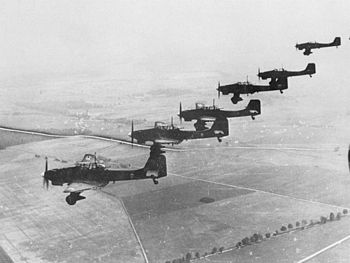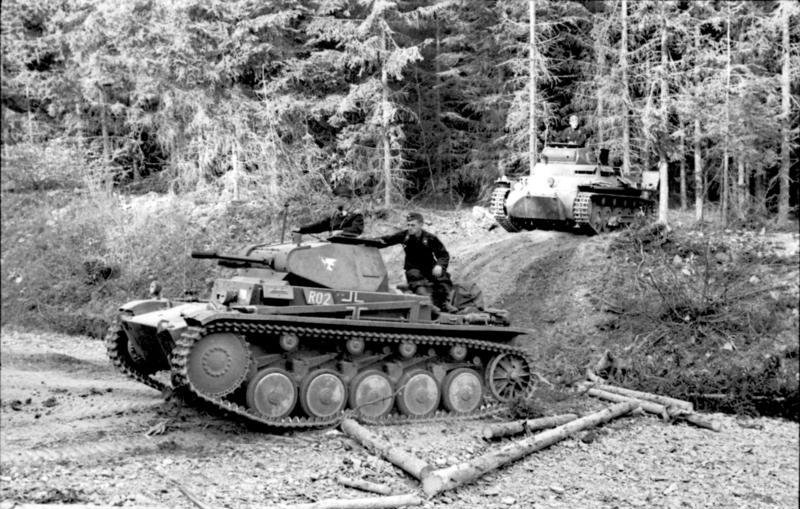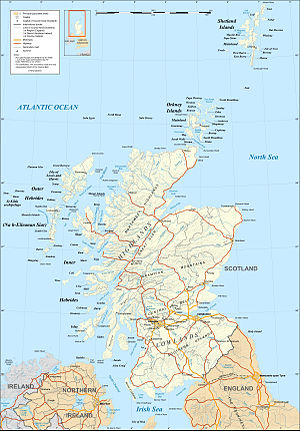Rather than run a conversational design session at the November meeting I decided to try and do something that was at least vaguely playable. My reasoning was that I’d been somewhat frustrated at the conference with discussions of games that looked like they could actually have been played, and I’d felt that perhaps by playing it we could have tested whether or not the perceived problems were actually real.
Anyway, I did a sort of role-playing game about re-constructing an infantry company after the evacuation from Dunkirk. John Rutherford was the first person to arrive (after me) and so I cast him as the first officer to report to the village in Devon I’d decided to put the company in. Chosen only because the OS map of Devon/Dorset was the first to hand when I was collecting materials for the game, they might equally have ended up in Scotland! John’s character, 2/Lt Robson was a recently commissioned officer who had been sent to France within days of being commissioned and then evacuated a few weeks later.
On arrival in the village by train 2/Lt Robson discovered that he wasn’t expected, and nor was his company! He set about contacting the local policeman, the vicar, chair of the parish council and other notables in the village.
Staying overnight in the village pub he established that the company could be billeted on the Mill when it arrived. Within a day the remainder of the company arrived by train under command of the Major (Jim Wallman). Shortly afterwards Lt Hanse (Mukul) and 2/Lt Duff (Dave Boundy) reported for duty. The company was swiftly sorted out into platoons and sections, on the basis of sharing out the experienced men and the good NCOs as well as those with dodgier records.
The first few weeks were played out in organising the company, the accommodation, acquiring weapons, worrying about area of operations, responsibility for guarding bridges etc and also getting everyone to do lots of drill. Having worked all this out and got to the beginning of September I moved to monthly turns where the OC set the training priority and each month I asked for volunteers for Officer training (and later on Commandos) as well as setting some small incident for resolution, e.g. scrounging a coal lorry, or the Christmas do. If I was going to run this game properly I’d do some more research on some of these things and ensure that the players had some better background. As it was I was making it all up as I went along, including the mechanisms, so it was in areas no doubt thinner than it ought to have been, and probably quite ahistorical.
On the whole we managed to pass four and a half hours playing the game before I drew it to a halt so that we could have some discussion. For me the main point is that there is a game in all of this as there are many decisions to be made. Largely it is a building/development game in its purest sense, although what you are building/developing in this case are your soldiers. Probably the best way to improve the game would be to make a small card for each soldier which could be updatable with their stats, rank etc. That would simplify record keeping as the platoon commanders can just keep those in front of them organised into sections etc. The platoon commanders could also have a mechanism for developing people which would give them some decisions about how to improve their platoon, and also about how to interpret the OC’s training priorities.
We had some discussion at the end about leadership styles and now these should affect the development of a platoon/company. This certainly needs further thought, and I think it could be a good way to develop things, but I’m not sure exactly how it ought to impact on the game mechanisms.
If I do get further thoughts from people then I will do something on this.
One thing I am conscious of was not having a well thought out mechanism for exercises, partly this was because I didn’t think we had enough time to break into a proper wargame. My inclination would be to play this sort of game as a campaign, and play each exercise as a largely kriegspieled wargame using the figure resolution of the combat mechanisms (which I did prepare, but didn’t use and I think I’ll need to re-do in the light of the outcome of the session).
On another point, we semi-randomly picked 6th Battalion DLI to be the battalion that we were part of. A quick look at google afterwards showed that 6 DLI were a territorial battalion and went to France with 50th Northumbrian Divison in early 1940 and then were evacuated through Dunkirk, they went to North Africa in April 1941 (when we finished our game) and then fought through the rest of the North Africa campaign, Sicily & Italy. They came back to the UK at the end of 1943 and were in the assault troops on Gold Beach on 6th June 1944. Probably one of the few battalions to have been at the sharp end all the way through the war.
Here is the spreadsheet (Open Document Format) that I used to speed things up during play (although this will be printed onto cards before I next try this game). Company Roster.ods
Like this:
Like Loading...

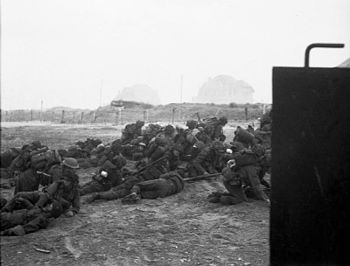
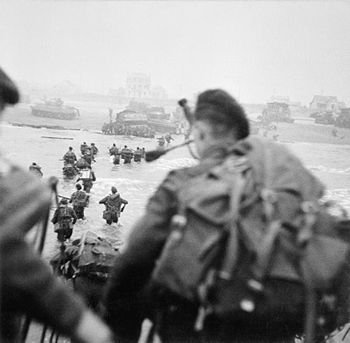

![Reblog this post [with Zemanta]](http://img.zemanta.com/reblog_e.png?x-id=7fbdc819-6648-446f-a54d-94f64276c366)
